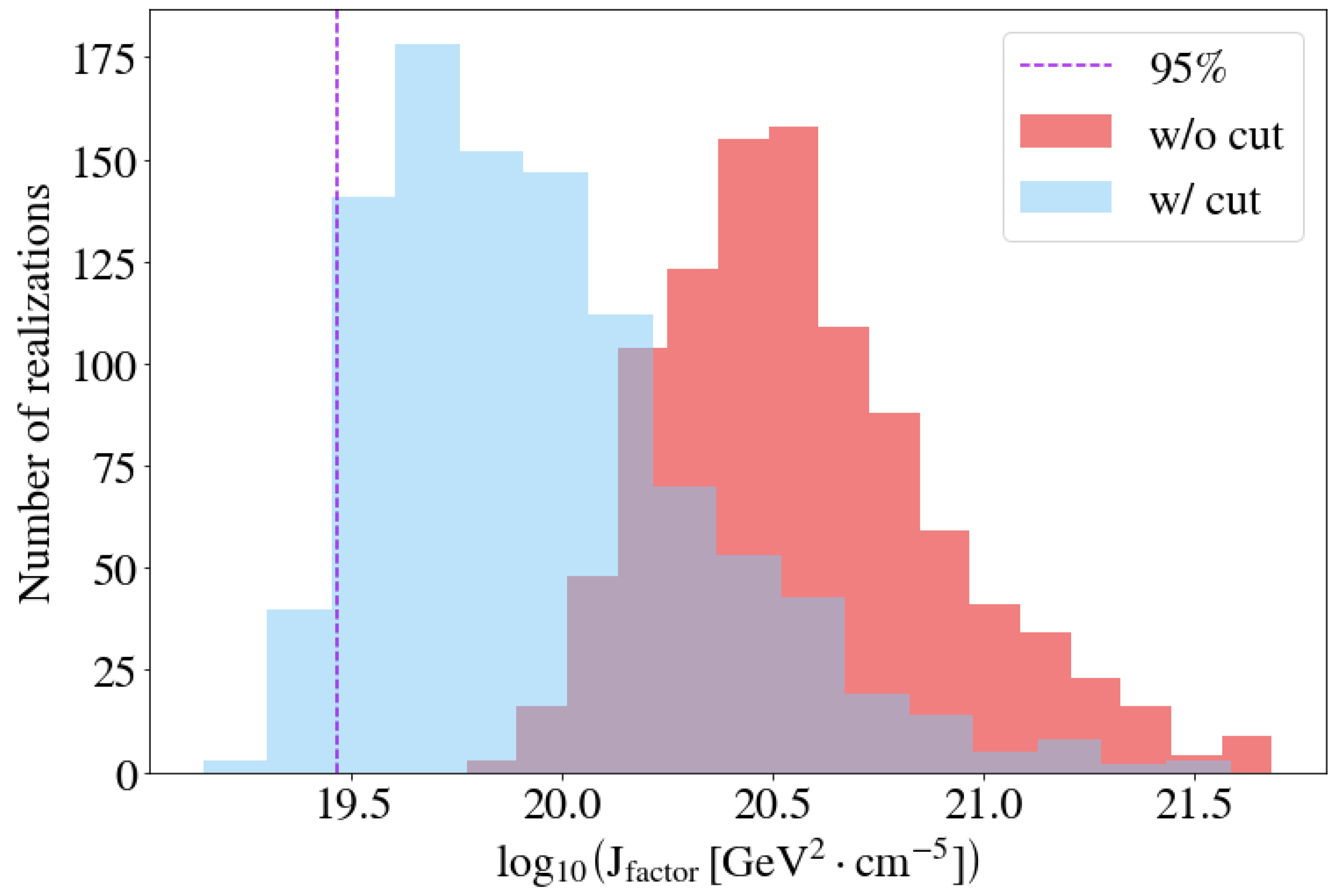

| Papers from a conference held at the David Rumsey Map Center at Stanford University in December 2017. Description: Chicago London : The University of Chicago Press, 2020. Title: Time in maps : from the Age of Discovery to our digital era / edited by Kären Wigen and Caroline Winterer. | David Rumsey Map Center, host institution. For more information, contact the University of Chicago Press, 1427 E. No part of this book may be used or reproduced in any manner whatsoever without written permission, except in the case of brief quotations in critical articles and reviews. The University of Chicago Press, Chicago 60637 The University of Chicago Press, Ltd., London © 2020 by The University of Chicago All rights reserved. The University of Chicago Press Chicago & London This kind of light is often associated with hot, ionized gas near massive stars.From the Age of Discovery to Our Digital Era
#Departamento cartographica galaxy map zip
The green image (lower left) shows light that is created by free particles that zip past one another without quite colliding. The particles accelerate to nearly the speed of light and begin to radiate. Meanwhile, the blue image (lower right) shows light created when charged particles get caught up in the Milky Way's magnetic field, and are pulled along like a swimmer in a current. The yellow version (upper right) shows carbon monoxide gas, which is concentrated in areas where new stars are being born. Planck can capture this thermal light even though the dust is extremely cold - about minus 420 Fahrenheit (minus 251 Celsius). The red version (upper left) show the heat coming from dust throughout the Milky Way galaxy. One of the new Milky Way images released by the Planck collaboration is an overview that shows four separate galaxy views, as well as the final view of them combined. With its microwave vision, Planck can detect more than just the cosmic microwave background. Planck's study of the cosmic microwave background is helping scientists answer questions about the very early days of the universe, such as when the first stars were born. The Planck satellite was built to detect microwave light, which made it sensitive to something called the cosmic microwave background, or light left over from the big bang. project scientist for the mission at NASA's Jet Propulsion Laboratory in Pasadena, California, said in a statement. "Planck can see the old light from our universe's birth, gas and dust in our own galaxy, and pretty much everything in between, either directly or by its effect on the old light," Charles Lawrence, the U.S. In the new Milky Way maps, red colors indicate dust, yellow is gas, green is high energy particles, and blue is the magnetic field. They show the Milky Way in four distinct color signals that, when combined into a single mosaic, create a hypnotic view of our home galaxy.The Planck satellite observed the oldest light in the universe during its mission.


The new Milky Way galaxy maps are based on observations by the European Space Agency's prolific Planck space observatory.
#Departamento cartographica galaxy map series
The Milky Way galaxy is made up of more than just stars and a new series of galactic maps has captured that diversity of gas, dust, particles and magnetic fields in amazing detail.


 0 kommentar(er)
0 kommentar(er)
